Connectivity was under the microscope at a recent ACE Broker Clinic, organised by Insurance Times. The session asked whether fully integrated e-trading is a threat or an opportunity for commercial brokers.
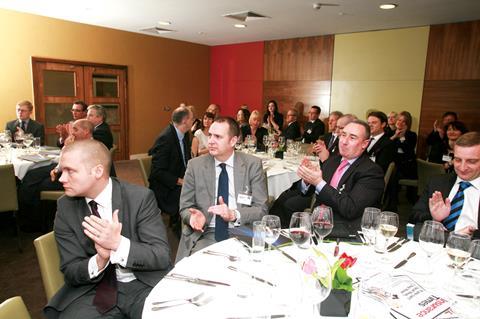
The insurer’s view
ACE underwriting centre manager Diane Davidson said that brokers may have been slow to embrace connectivity, but it has now become a must.
ACE has studied the time it takes for a broker to obtain three quotes in three different ways, and the results make a compelling case for connectivity. A broker seeking quotes from three carriers via email and phone calls would spend 36-40 minutes doing so.
Customers don’t care particularly whether you’re e-trading or not; all they know is that they want their quote now’
Diane Davidson, ACE
If a broker goes via the three individual insurers’ websites, keying in different passwords and filling in question sets for each, the time taken reduces to 26-30 minutes. But, with full connectivity, “the broker logs in once, fills in one question set and has three quotes in four minutes”.
For straightforward micro business and SME risks, the method is entirely feasible, so why is it not being used more widely?
“No one wants to be that early adopter of Betamax,” said Davidson, referring to the defunct video technology that was eclipsed by VHS in the early 1980s. The insurance industry’s inherent risk-averse approach goes some way to explaining, then, why e-trading has yet to take off in the commercial market.
But Davidson argued that today’s technology is no Betamax. “E-trading has been happening in markets like the global currency exchange market and commercial banking for years.”
Quotes at the touch of a button
Moreover, Davidson said that micro business and SME customers are increasingly expecting levels of speed and efficiency that can only be delivered via connectivity. “Customers don’t care particularly whether you’re e-trading or not; all they know is that they want their quote now.”
And the best way for a broker to deliver this is with connectivity: an online link straight into the back offices of the relevant insurers, which allows the broker to call up a range of quotes almost instantly.
The fact that customers are increasingly well informed adds a further incentive. Davidson said: “Clients know their rights increasingly: Did you cover off all the gaps in that portfolio? Did you discuss payment protection? You are under pressure to tick all the boxes with clients. E-trading allows you to focus on this.”
Insurers need to be flexible and adapt, making their products available via integrated routes and offering a service that is complementary to brokers’ businesses’
Jason Moseley, SSP
Your staff, especially those under 30 who have barely known a world without email and mobile phones, also expect connectivity, Davidson said.
Numerous other factors are driving brokers towards connectivity, she said, from the increased focus on auditing and transparency post-Spitzer, to overall pressure on the high expense structure in our industry owing to the softening market.
The most compelling argument for e-trading, though, Davidson argued, comes down to money: “The less you touch a trade, the more money you make.”
The software provider’s view
Cost saving of 70%
SSP head of e-trading Jason Moseley said that 70% of a broker’s operational costs “can be saved by using e-trading on an integrated basis from your application into the carrier’s”.
The approach also allows brokers to demonstrate to clients that they have access to multiple carriers and can compare them clearly, while data can be stored efficiently to support renewals.
So why are less than one-quarter of commercial brokers using full connectivity, full time?
Moseley said brokers may fear they will be replaced by machines, “but that’s not the case; it’s about humans being freed up to focus on alternative activities and on what’s best for the business”.
Insurers have work to do too. “Insurers need to be flexible and adapt, making their products available via integrated routes and offering a service that is complementary to brokers’ businesses, so that brokers can trade in a truly integrated fashion.”
Faster insurer response needed
The level of responses brokers get when they put a risk in an integrated system must improve. Moseley said: “At the moment, too often only 40% of insurers are coming back with a price. It needs to be 80% to make it a more usable tool.”
Meanwhile, for risks that are referred, which usually happens because they are more complex, “the broker needs to know he will get a response from the insurer in a set amount of time”, he said. “Some decisions must be taken across the market about how insurers and intermediaries will interact with each other.”
But Moseley said there is a clear “sea change among insurers”, as they are making significant investments in technology. For brokers, full connectivity will mean greater efficiency, lower costs and higher profits. Moseley said: “Those that don’t embrace e-trading will find that those that do will eat their lunch.”
Ask the audience
Change your ways
“I’m very much an advocate of accelerated integrated connectivity in the SME space, so a lot of these messages resonate strongly. I think when brokers can tangibly see the difference on their bottom line of writing SME business on a fully integrated versus a manual or extranet basis, it really hits home. A 60%-70% increase in your bottom line margin is the reality, in my experience, so it is well worth changing your business practices.”
Derek Findlayson, commercial director, Keychoice
It’s a culture thing
“I thought it was really interesting to hear that the industry has been working on e-trading for the last 20 years and we are still not yet there. It comes down to culture: on one hand, brokers like talking to insurers and, on the other, clients fear buying important things online – they would rather talk to someone about something that concerns their livelihood.”
Anita Watson, managing director, IB Operations, Oval Insurance Broking
Real advice is vital
“Connectivity and e-trading continue to drive efficiencies in the marketplace, improve distribution between partners and provide effective solutions to clients’ insurance requirements. The challenge is to avoid commoditising the professional advice that must accompany the sale.”
Stuart Williams, director, Cowens
Grasping e-trading
“While for most commercial risks I still see the need for the intervention of an underwriter, the current market and economic conditions demand that we continue to grasp e-trading for the efficient exchange of information.”
John Mulligan, director, Oracle Underwriting





























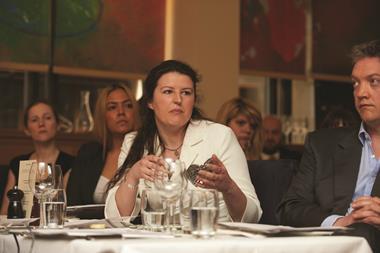
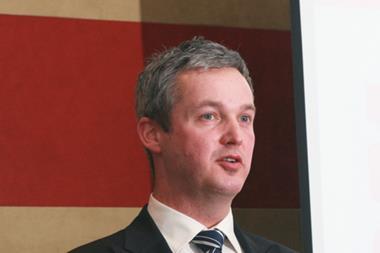

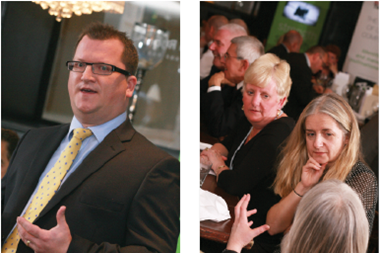
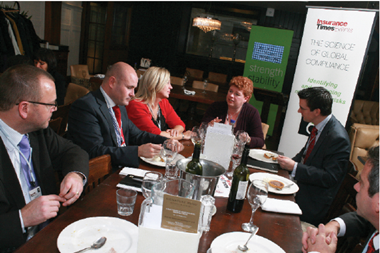



No comments yet